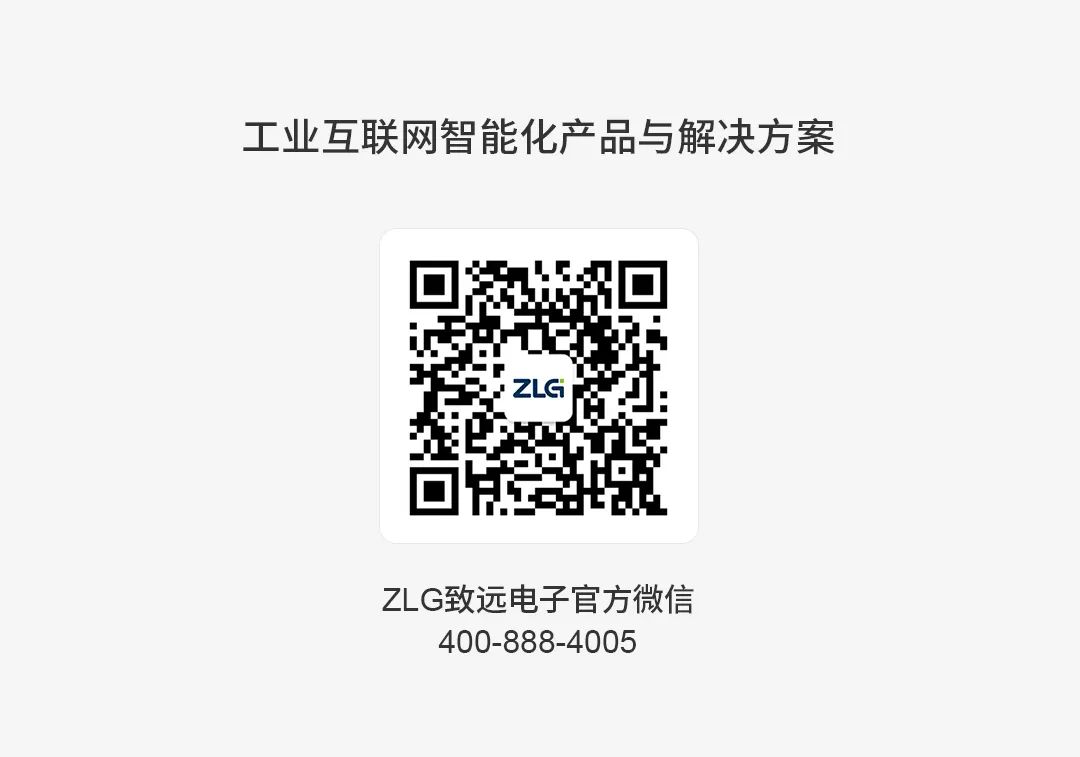
“Carbon neutrality” is a hot topic this year, and one of the key elements to achieving “carbon neutrality” is the vigorous development of new energy. In the future, many sub-industries within new energy will make outstanding contributions to “carbon neutrality” in the construction of ecological civilization in our country. For example, a series of industries such as photovoltaic power generation, wind power generation, and inverter energy storage will see vigorous growth.
As a commonly used interface for communication between devices in the new energy field, the RS-485 bus often needs to add peripheral protection circuits to withstand the effects of high-level static electricity or surges, ensuring its communication stability. However, engineers usually use gas discharge tubes and TVS diodes to build protective circuits. The junction capacitance of this circuit is relatively high, which can affect bus communication when there are many nodes. To address this issue, this article will introduce a reference design scheme for low-junction-capacitance peripheral circuits.
 Commonly Used RS-485 Protection Circuits
Commonly Used RS-485 Protection Circuits
Figure 1 Protection Circuit 1
As shown in Figure 1, the gas discharge tube releases most of the surge current at the interface, while the common-mode inductor filters out common-mode signal interference, and the TVS further reduces the residual voltage after the gas discharge tube, thus protecting the subsequent circuit. The RSM485ECHT module, using the protection circuit shown in Figure 1, can withstand contact static electricity of ±8kV, common-mode surge of ±4kV, and differential-mode surge of ±2kV, meeting the requirements of most industrial sites for RS-485 node static and surge levels.
 Signal Reflection Issues Caused by Bus Capacitance
Signal Reflection Issues Caused by Bus Capacitance
When the signal is transmitted on the communication line and reaches the protection circuit at the RS-485 node, the junction capacitance of the protection circuit changes the instantaneous impedance of the signal, causing part of the signal to be reflected while another part is distorted and continues to propagate.
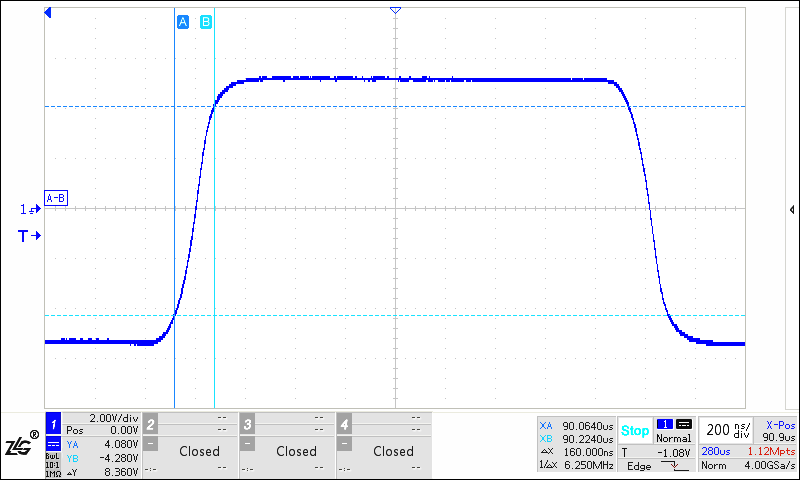
Figure 2 Differential Waveform of RSM485ECHT Single Node RS-485 Interface

Figure 3 Schematic Diagram of Bus Connecting Six Protection Circuits
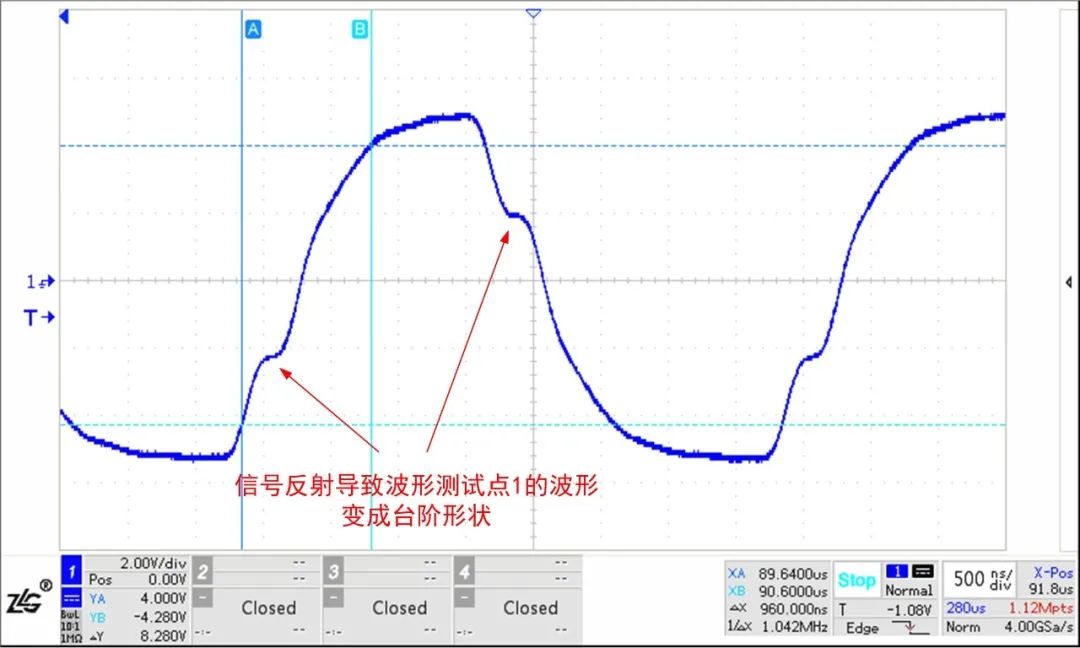
Figure 4 Waveform Test Point 1 of RSM485ECHT with Six Protection Circuits
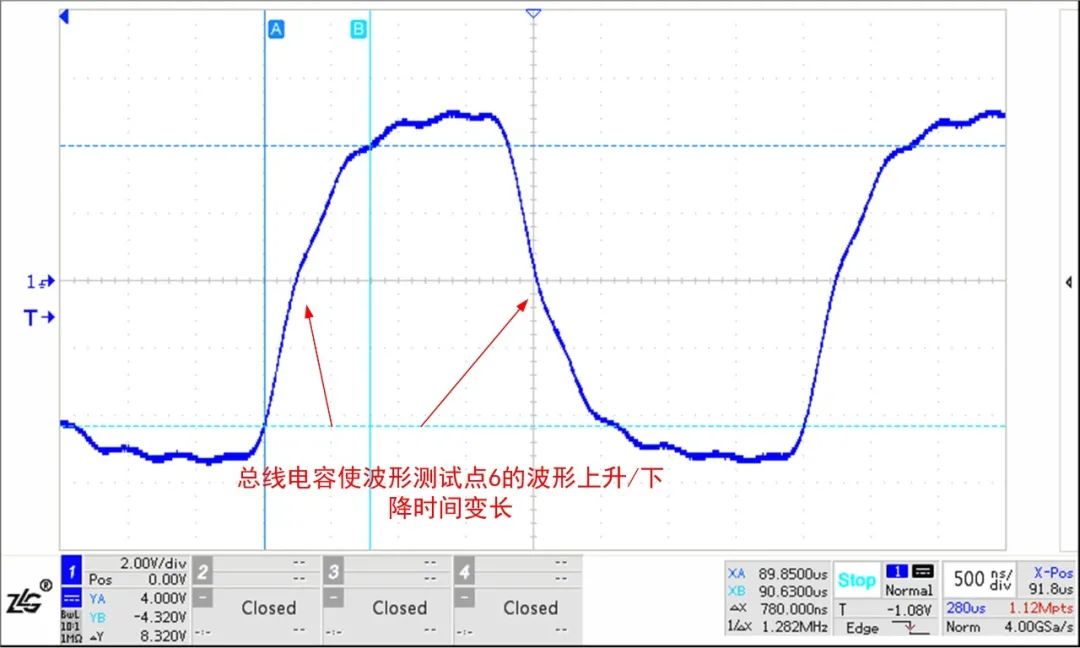
Figure 5 Waveform Test Point 6 of RSM485ECHT with Six Protection Circuits
The RS-485 interface of RSM485ECHT has strong driving capability. Below are the test waveforms of commonly used RS-485 transceiver chips on the market under the same test conditions. It can be seen that the waveforms have been severely disturbed, and the reflected waveforms have reached near the threshold level of the RS-485 chip, which may cause communication anomalies. Therefore, in practical applications, a transceiver with strong driving capability should be selected.
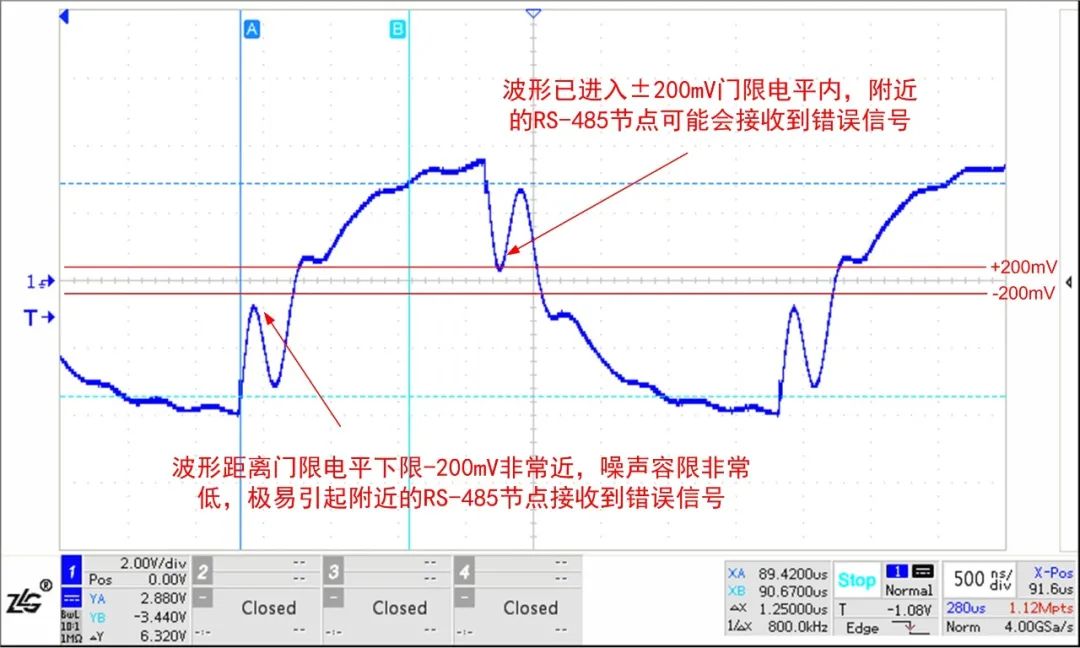
Figure 6 Waveform Test Point 1 of a Certain RS-485 Transceiver with Six Protection Circuits
 Low Junction Capacitance Protection Circuit
Low Junction Capacitance Protection Circuit

Figure 8 Protection Circuit 2 (Low Junction Capacitance)
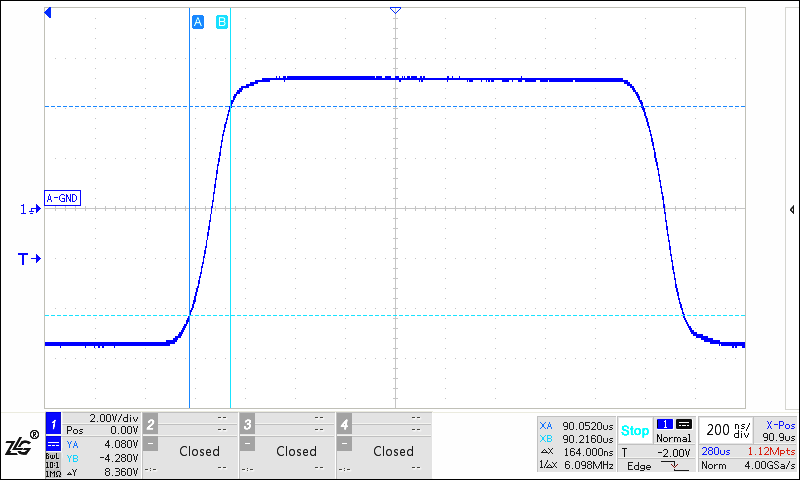
Figure 9 Waveform Test Point 1 of RSM485ECHT with Six Protection Circuits 2
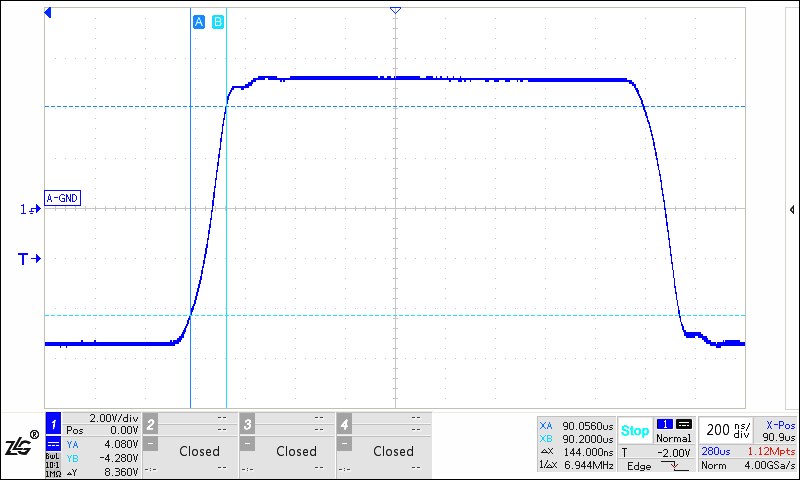
Figure 10 Waveform Test Point 6 of RSM485ECHT with Six Protection Circuits 2
 Conclusion
Conclusion
The protection circuits mounted on the bus will change the instantaneous impedance of the signal, leading to signal reflections. When there are many nodes on the bus, the bus capacitance becomes large, which interferes with the bus waveform and affects the quality of the communication signal. Therefore, to reduce the impact of the protection circuit on bus communication in practical applications, a transceiver with strong driving capability should be selected. Additionally, if the protection circuit uses the circuit shown in Figure 1, a low junction capacitance TVS should be selected, or a low junction capacitance protection circuit like the one shown in Figure 8 can be used.

-
Supported baud rates: 500Kbps, 115.2Kbps, 9.6Kbps, etc.;
-
Node count: 256, 128, 32, etc.;
-
Channel count: single, dual, quad, etc.;
-
Operating temperature: -40~85℃ or -40~105℃;
-
Isolation voltage: 2500VDC or 3500VDC;
-
Miniature or standard modular packaging;
-
Enclosure and potting materials meet UL94 V-0 standards;
-
Low electromagnetic radiation and high electromagnetic interference resistance.

ZLG Zhiyuan Electronics Official New Media Platform










